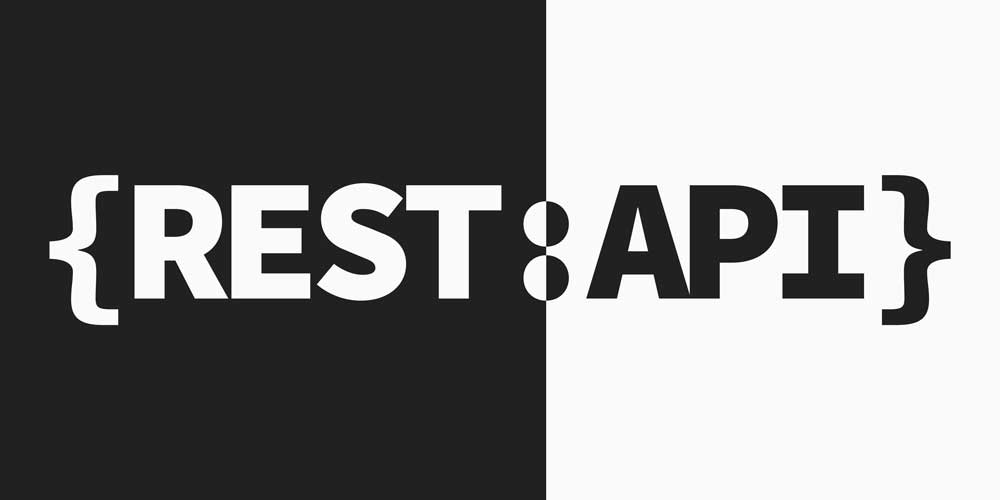What is RESTful? Understanding RESTful API Design with JavaScript
RESTful (Representational State Transfer) is a popular architectural style
for building web APIs. RESTful APIs allow clients to interact with a server
by sending requests and receiving responses. In this blog post, we’ll take a
closer look at what RESTful is, and how it can be used within the JavaScript
programming language.
What is RESTful API Design?
RESTful API design is a popular approach to building web APIs. It is based
on the principles of Representational State Transfer (REST), which is a
style of software architecture that defines how web services should be
designed. RESTful APIs are designed to be simple, flexible, and scalable,
making them a popular choice for building web-based applications.
RESTful APIs are built using the HTTP protocol, which is the underlying
technology used by the World Wide Web. HTTP is a stateless protocol,
meaning that each request and response is treated as a separate
transaction. This allows RESTful APIs to be easily scaled and to support a
wide range of clients, including web browsers, mobile devices, and
desktop applications
Using RESTful API Design with JavaScript
JavaScript is a popular programming language for building web-based
applications, and it is well-suited for building RESTful APIs. JavaScript
provides several libraries and frameworks for working with RESTful APIs,
including Axios, Fetch API, and jQuery.
To build a RESTful API with JavaScript, you’ll first need to choose a
framework or library to work with. Once you have chosen a library, you’ll
need to define the endpoints for your API. Endpoints are the URLs that
clients will use to interact with your API. Each endpoint should correspond
to a specific resource on your server, such as a user, a product, or a piece
of data.
Next, you’ll need to define the methods for each endpoint. RESTful APIs
use standard HTTP methods to interact with resources, including GET,
POST, PUT, and DELETE. For example, you might use the GET method to
retrieve a list of users, and the POST method to create a new user.
Once you have defined your endpoints and methods, you’ll need to
implement the logic for each endpoint on your server. This will involve
processing the request from the client, querying the database, and
returning a response to the client.
Finally, you’ll need to test your API to make sure it is working as expected.
You can use tools like Postman to send requests to your API and inspect
the response
Conclusion
RESTful API design is a popular approach to building web APIs, and it is
well-suited for use within the JavaScript programming language. By
following the principles of RESTful design, you can build scalable and
flexible APIs that are easy to use and maintain. Whether you’re building a
web-based application or a mobile app, RESTful API design can help you
create a great user experience for your users
To build a RESTful API with JavaScript, you’ll first need to choose a
framework or library to work with. Once you have chosen a library, you’ll
need to define the endpoints for your API. Endpoints are the URLs that
clients will use to interact with your API. Each endpoint should correspond
to a specific resource on your server, such as a user, a product, or a piece
of data.
Next, you’ll need to define the methods for each endpoint. RESTful APIs
use standard HTTP methods to interact with resources, including GET,
POST, PUT, and DELETE. For example, you might use the GET method to
retrieve a list of users, and the POST method to create a new user.
Once you have defined your endpoints and methods, you’ll need to
implement the logic for each endpoint on your server. This will involve
processing the request from the client, querying the database, and
returning a response to the client.
Finally, you’ll need to test your API to make sure it is working as expected.
You can use tools like Postman to send requests to your API and inspect the response.



